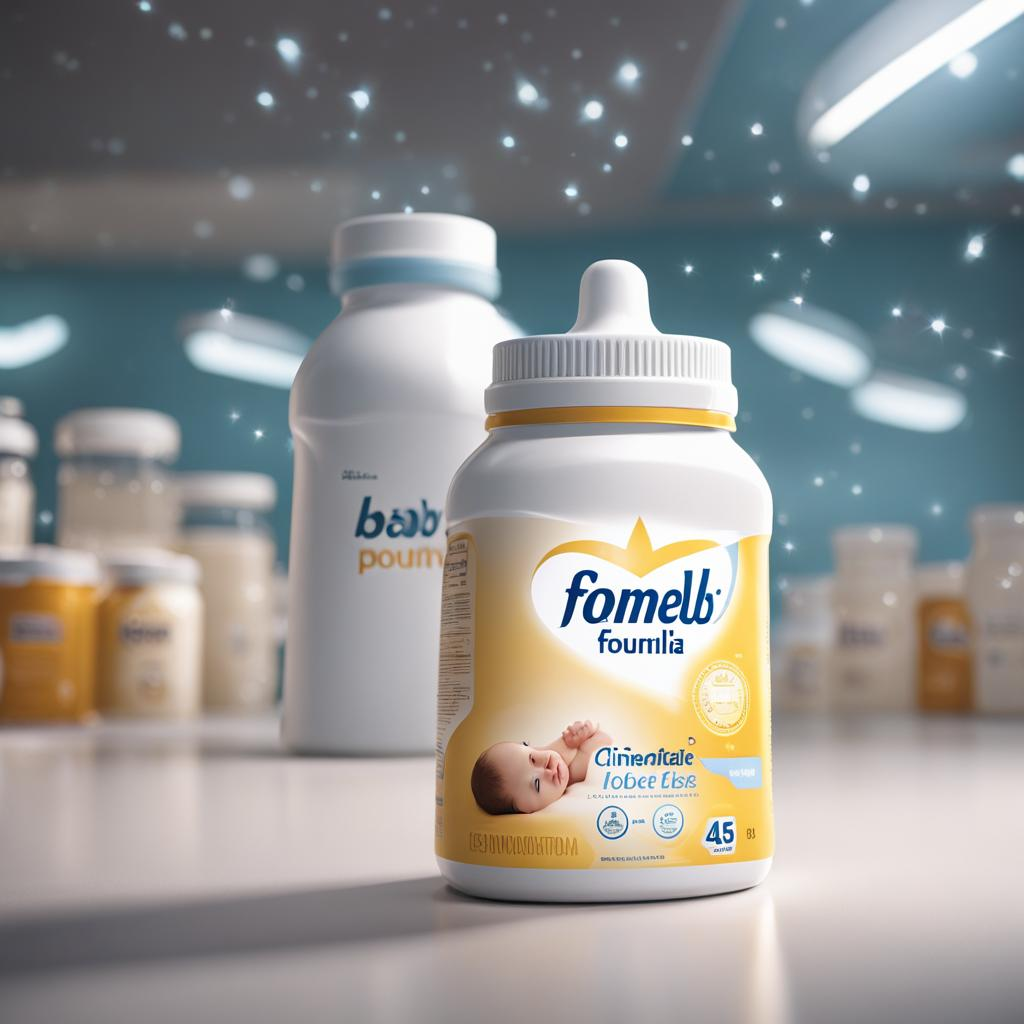Baby formula, also known as infant formula, is a highly regulated product designed to be a substitute for human milk, providing the necessary nutrients for infants under 12 months of age[2][3]. The manufacturing process of baby formula is complex and involves several steps to ensure the safety, nutritional adequacy, and quality of the final product[1][4].

The process begins with the selection of raw materials. The most commonly used ingredients in infant formulas include purified cow’s milk whey and casein as a protein source, a blend of vegetable oils as a fat source, lactose as a carbohydrate source, and a vitamin-mineral mix[2]. Other ingredients may include milk proteins, soy protein, maltodextrin, and various vitamins and minerals[1]. Some formulas also contain human milk oligosaccharides, which are beneficial for immune development and a healthy gut microbiota in babies[2].
The manufacturing process typically involves the following steps[1][4]:
- Mixing ingredients: The base liquid, which may be either milk or water, is weighed/metered into the process vessel. The liquid may be heated to aid in the dissolving/hydration of powdered ingredients. Powdered ingredients such as milk proteins are then added to the liquid and mixed until dispersed.
- Pasteurization: This step involves heating the mixture to kill any harmful bacteria and ensure the safety of the formula.
- Homogenization: This process breaks down the fat globules in the mixture to a small, uniform size, ensuring a smooth, consistent texture.
- Standardization: This step ensures that the formula meets the required levels of nutrients.
- Drying: If the final product is to be a powder, the formula is typically spray-dried. This involves spraying the liquid formula into a hot chamber, where the water quickly evaporates, leaving behind dried formula powder[7].
- Packaging and Sterilization: The formula is then packaged, often in sterile conditions to prevent contamination. If the formula is sold as a liquid, it may be packed in “ready to use” sterile feeding bottles[1].
The U.S. Food and Drug Administration (FDA) regulates the nutrient content of infant formula sold in the U.S., requiring the inclusion of certain nutrients such as protein, fat, vitamins, minerals, and carbohydrates[2][3]. The FDA does not approve infant formulas, but manufacturers must notify the agency before marketing a new formula[3].
The manufacturing process must be carried out in the most hygienic manner possible to prevent contamination and ensure the safety of the product[1]. The FDA has a comprehensive compliance program for inspections, sample collection, sample analysis, and compliance activities to ensure that infant formula products are safe and nutritious[9].

+ There are no comments
Add yours